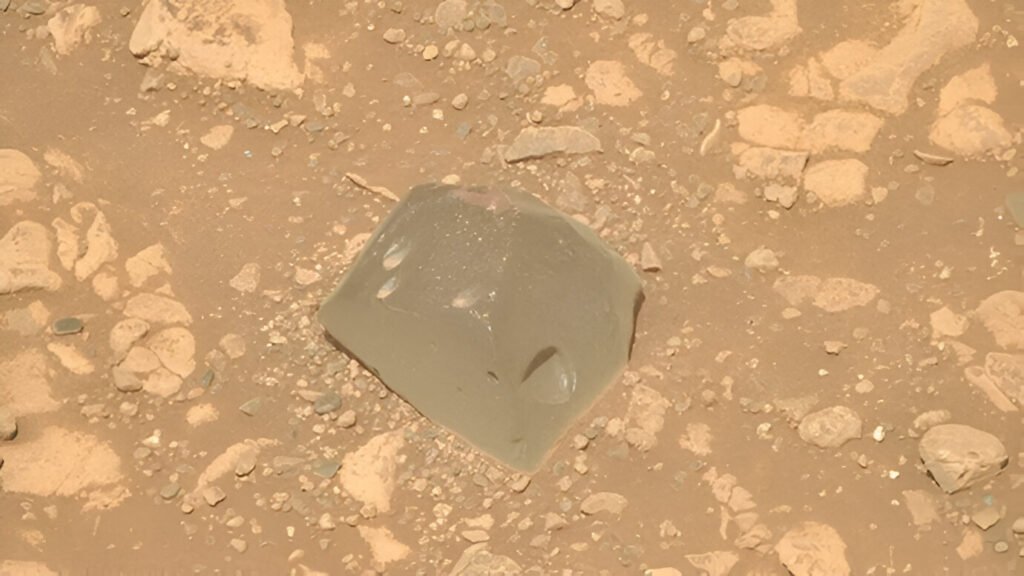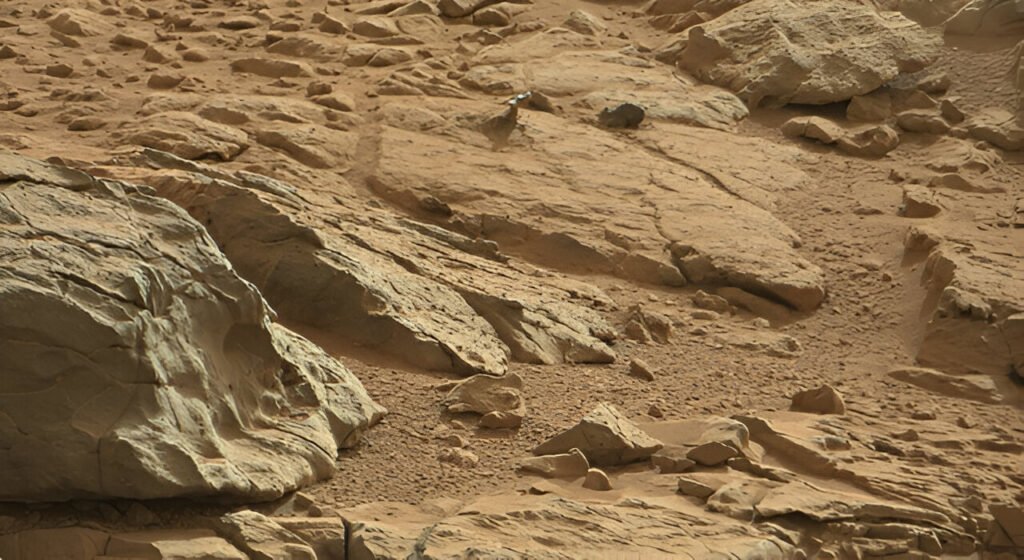
NASA’s Perseverance rover, now scouring Jezero Crater on Mars, has discovered an interesting and unusual rock formation that has generated interest among scientists across the globe. Nicknamed “Skull Hill,” the dark, angular rock is a stark contrast to the lighter environment in which it is situated. The find of Skull Hill offers a new and interesting clue in the search for the geological history of Mars and its potential to have had ancient microbial life.
What Is Skull Hill?
Skull Hill is a type of float rock.Float rocks are the type that are assumed to have formed elsewhere and were transported to where they are today, likely by an impact event or other geological processes. Skull Hill has been found here at a site called “Port Anson,” located on the lower slope of “Witch Hazel Hill,” which is part of the larger area of exploration of Jezero Crater. The rock’s unique characteristics have created enormous scientific interest.
A Unique Rock with Remarkable Characteristics
The Perseverance rover’s Mastcam-Z camera captured high-resolution images of the dark-colored, angular rock, providing scientists with accurate visual data. Skull Hill stands in contrast to its surrounding environment, drawing attention right away due to its distinctive shape and color.
The surface of the rock is characterized by a number of pits that may be created by the action of wind or scouring forces of small grains of rock. Its surface features give clues about the conditions which have influenced this rock over time and can enable scientists to identify the environmental forces in operation on Mars.
The Mystery of the Spherules
Maybe the most intriguing aspect of the area surrounding Skull Hill is the presence of small balls or spheres in the Martian ground, or regolith. The spheres, or spherules, have been of special interest to scientists because they are unusual in nature. Although spherical structures have previously been discovered on Mars, those around Skull Hill seem to be unique in composition, potentially providing new information about the planet’s history of geological activity.
Meteorite or Volcanic Rock?
Skull Hill’s color is another remarkable feature. It is similar to meteorites that NASA’s Curiosity rover found earlier in Gale Crater. These meteorites had high iron and nickel content, which caused scientists to first suspect that Skull Hill was also a fragment of a meteorite. But subsequent tests have proved that the makeup of Skull Hill does not align with normal meteorites. Researchers, using the onboard Perseverance instrument known as SuperCam, have chemically analyzed the rock and determined a composition distinct from that found in meteorites.

Igneous Composition of Skull Hill
Rather than comparable chemical composition with meteorites, Skull Hill looks like an igneous rock. That is to say, it might have cooled and solidified from magma or lava, as with volcanic rocks on Earth. The chemical signature indicates the presence of minerals like olivine and pyroxene—iron- and magnesium-rich minerals that are typical in volcanic rocks.The fact that these minerals exist suggests that Skull Hill may have been created by a volcanic process, either on Mars or via impact ejection from a proximal volcanic region.
Implications for Geologic History of Jezero Crater
This finding places another layer of mystery into the geologic record of Jezero Crater. Scientists have long speculated that the crater, which at one time contained a lake, could have had a livable environment for microbial life on Earth billions of years ago. Knowledge about the different rock formations within the area plays a critical role in recreating the atmospheric conditions of early Mars. The varied set of rocks, such as Skull Hill, contain important information about the history of the planet, including the possibility of past volcanic activity and water at various times in the history of Mars.
Ongoing Exploration by Perseverance
Perseverance’s efforts continue to provide precious insights, since the rover instrument package allows researchers to examine the chemical composition of not just Skull Hill but also other dark float rocks in Port Anson. All findings lead to the bigger picture of understanding Mars geology, the planetary history of volcanic and impact activities, and whether or not the planet could have had life support potential in the past.
Preparing for Future Mars Exploration
Perseverance’s Mars mission also paves the way for future exploration, ultimately human exploration. Ongoing research into the planet’s surface and geology is essential to knowing how humans can survive and work on Mars in the future. In addition to its scientific merit, the mission is assisting NASA in developing the knowledge base necessary to keep human explorers safe and successful.
Conclusion: Skull Hill and the Search for Mars’ Past
The find of Skull Hill is a testament to the success of Perseverance as it continues to carry out the mandate of exploring Mars’ Jezero Crater. The rover continues as scientists look forward to learning about the Red Planet’s geological history and the opportunities it presents to explore in the future. Perseverance is assisting by studying the soil and rocks on Mars to solve basic questions on the planet’s past environment and whether it previously supported life.









